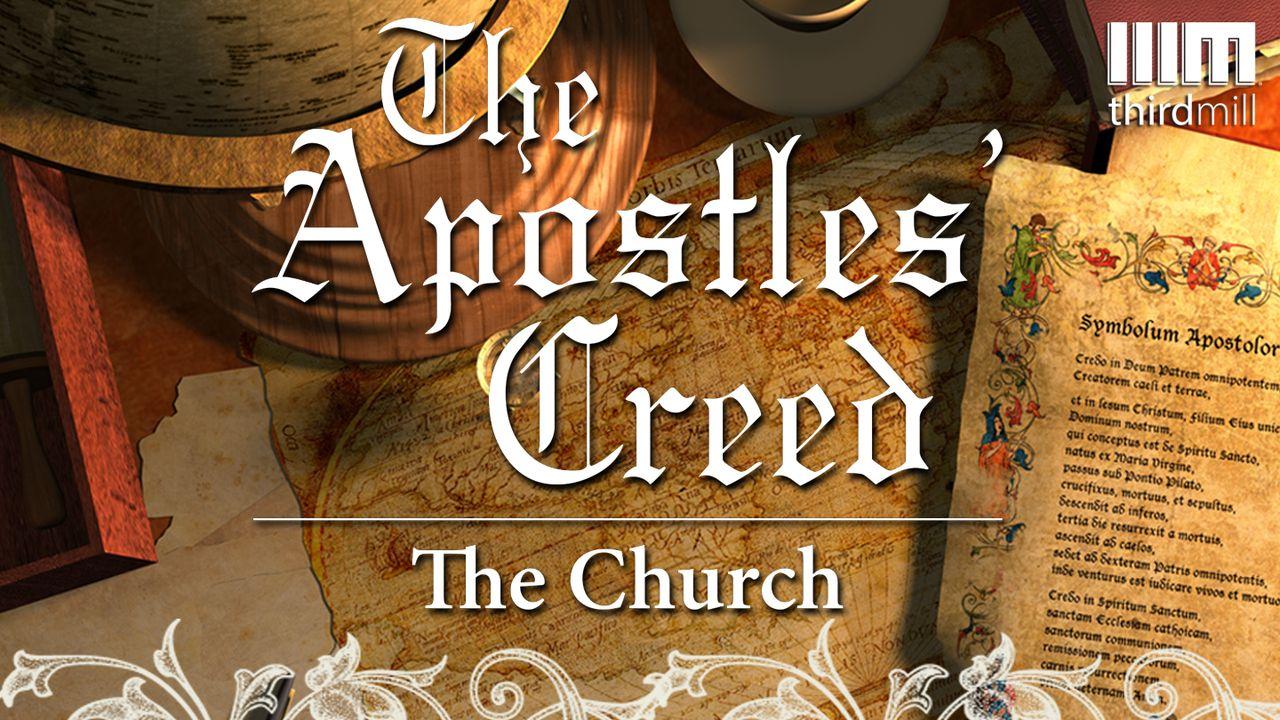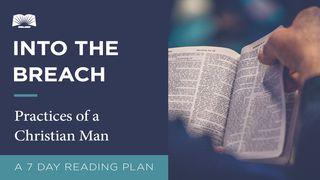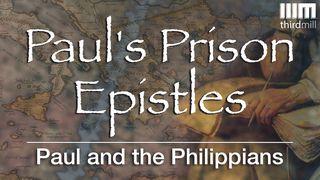Plan info
The Apostles’ Creed: The ChurchSample

The Visible Church: Hebrews 10:29
At any given moment, the visible church includes everyone who is regularly part of the gathered church, regardless of the condition of their hearts. There are several different ways people can be counted as part of the visible church. They can be confirmed in God’s covenant, such as by baptism in the New Testament, or circumcision in the Old Testament. Or they can have or profess faith in Christ. In churches that don’t maintain official membership, or that don’t practice covenant confirming rites like baptism, they might be counted as covenant members simply because they regularly submit to the teaching of the church. Or, as Paul taught in 1 Corinthians 7:14, they can simply have a believing parent or spouse.
For example, in the Old Testament, the entire nation of Israel was part of the church, even though not everyone had saving faith. At the very least, they were all present within the nation. Beyond this, as God instructed in Genesis 17, they had all been confirmed in God’s covenant through the circumcision of the males.
In the New Testament, we see something similar. Everyone who was part of the church gatherings was counted as part of the church. This included everyone who professed faith, everyone who was baptized, the children and spouses of believers, and often their household servants and slaves. For instance, when Paul wrote letters to various churches, he intended those letters to be read to everyone who was directly associated with those churches. And as we can see from his exhortations to Christians to test themselves to see if they really had faith, Paul fully expected that there would be unbelievers within the church. We see this in passages like 2 Corinthians 13:5. Jesus also had the same expectation in His parable of the wheat and the weeds in Matthew 13:24-30, where He said not to take the unbelievers out of the church. We also see the same thing in the letters to the churches in Revelation 2–3, where Jesus consistently encouraged them to overcome and to endure to the end. And we see the same emphasis in the warnings against breaking the new covenant in passages like Hebrews 6:4-8 and 10:29.
As just one example, consider these words from Hebrews 10:29:
> How much more severely do you think a man deserves to be punished who has trampled the Son of God under foot, who has treated as an unholy thing the blood of the covenant that sanctified him, and who has insulted the Spirit of grace? (Hebrews 10:29).
In this verse, the author of Hebrews indicated that it was possible to reject Christ after having been sanctified in covenant with God. As the rest of the chapter makes clear, the punishment in view here is eternal suffering in hell.
Scripture
About this Plan

This reading plan looks at the divine sanction of the church, and at the facts that the church is holy, catholic or universal, and a communion.









